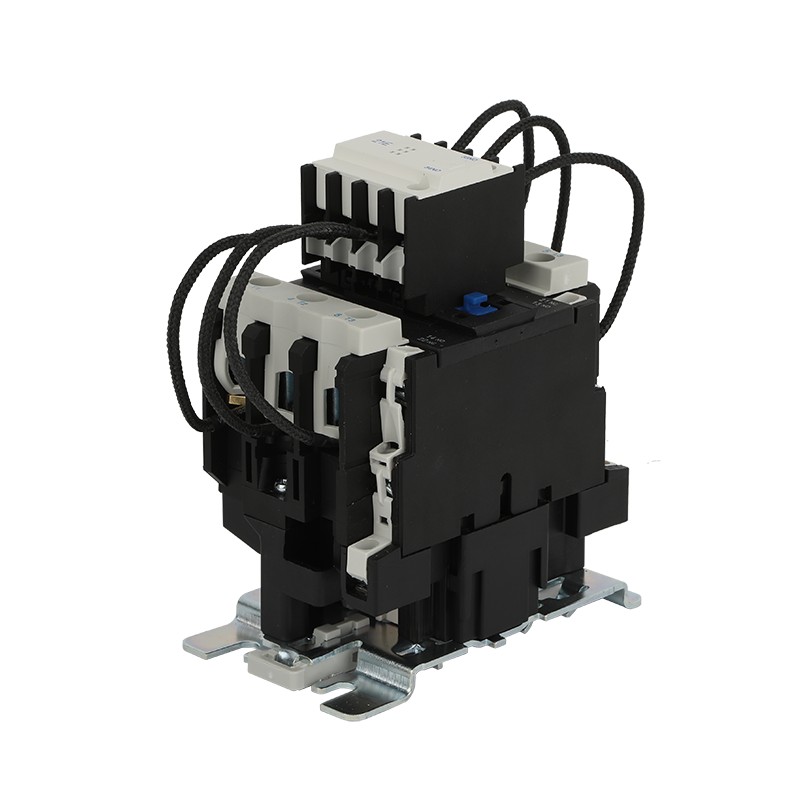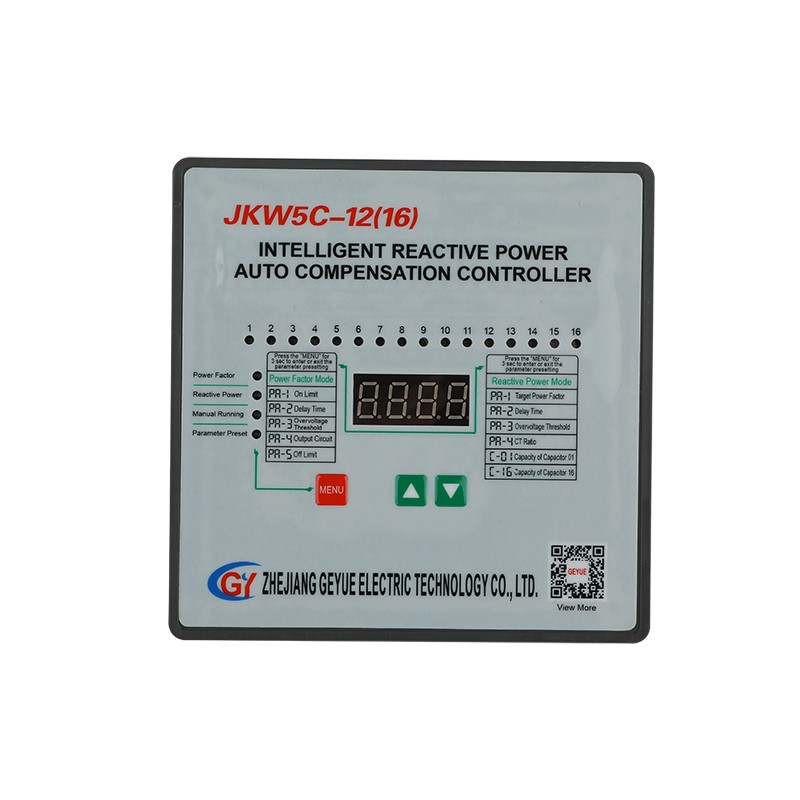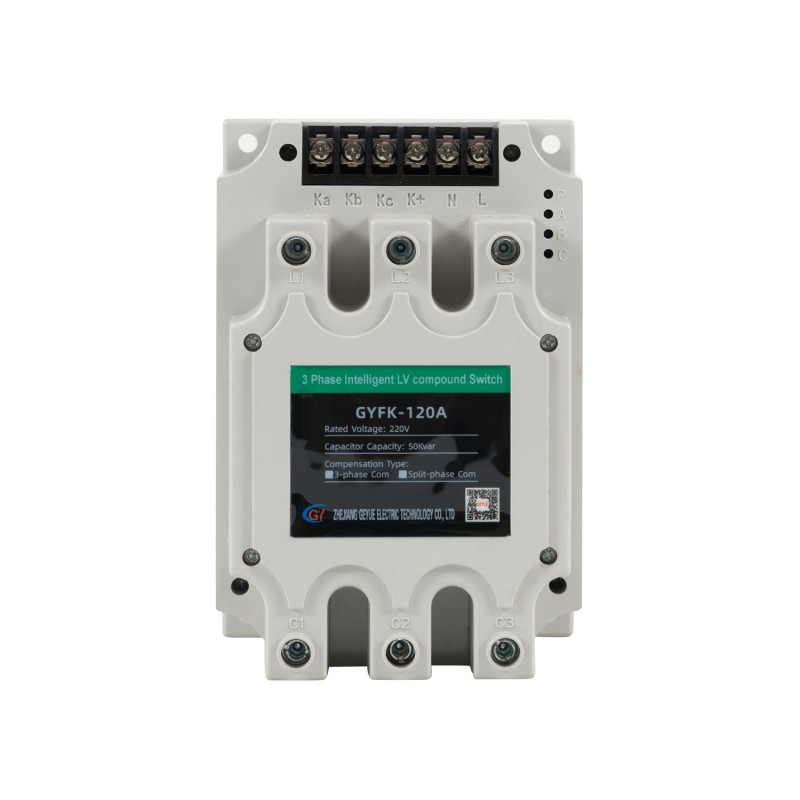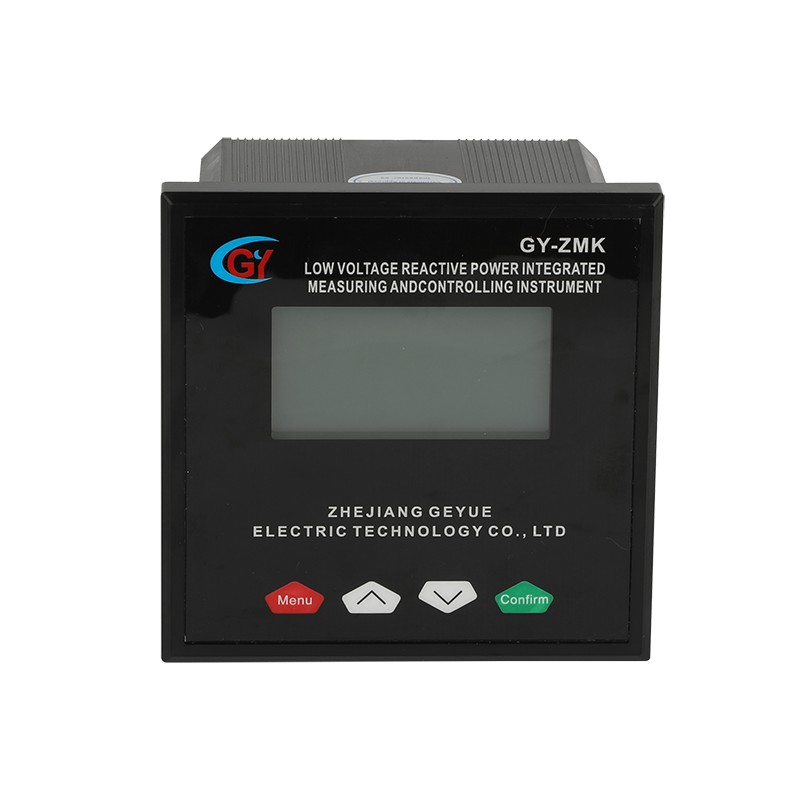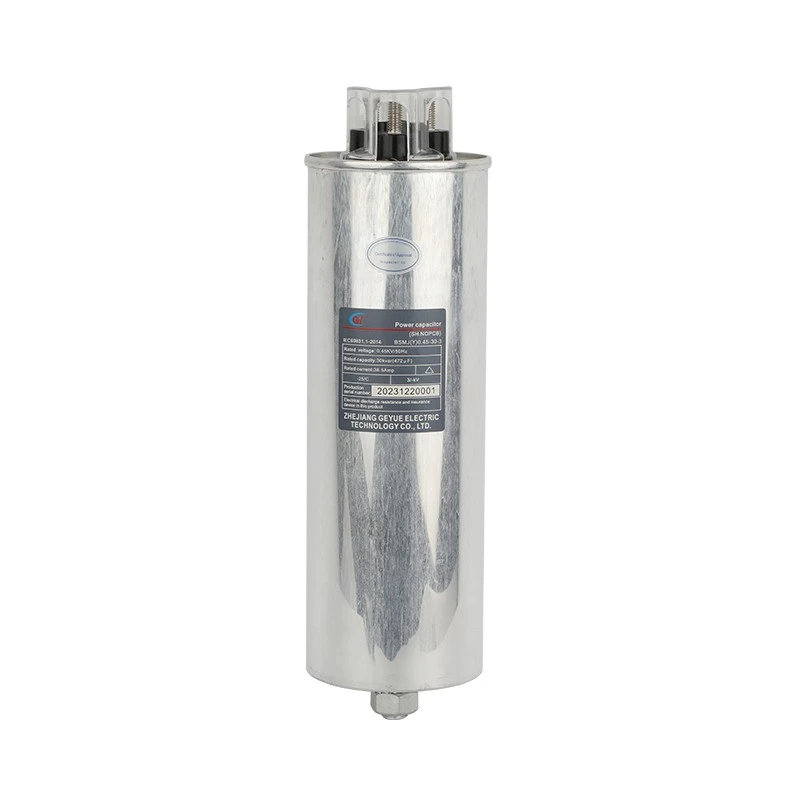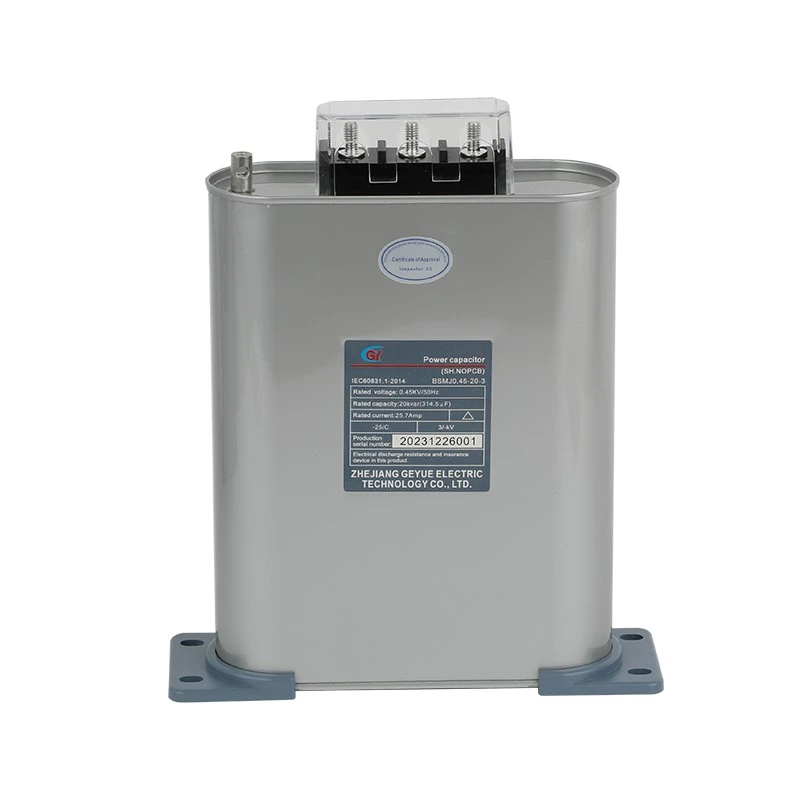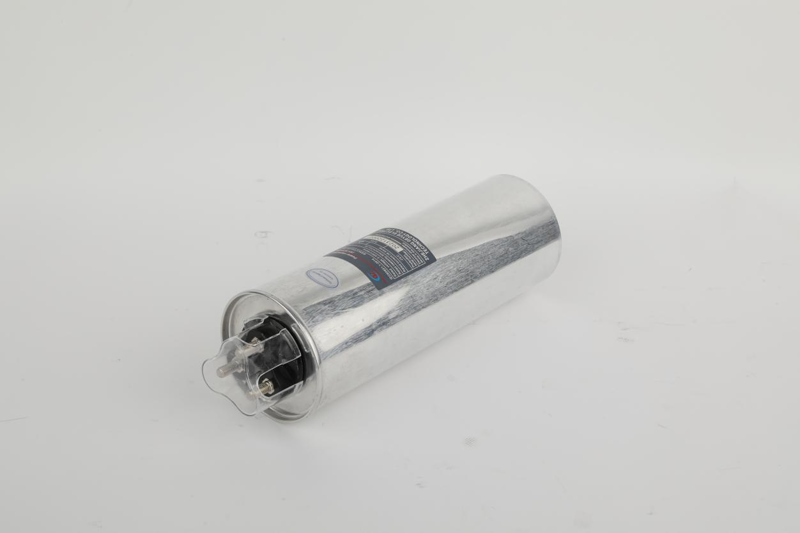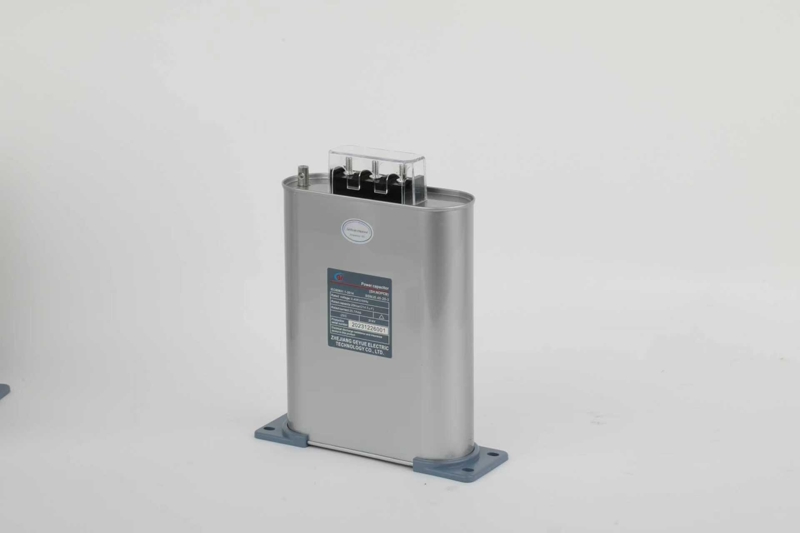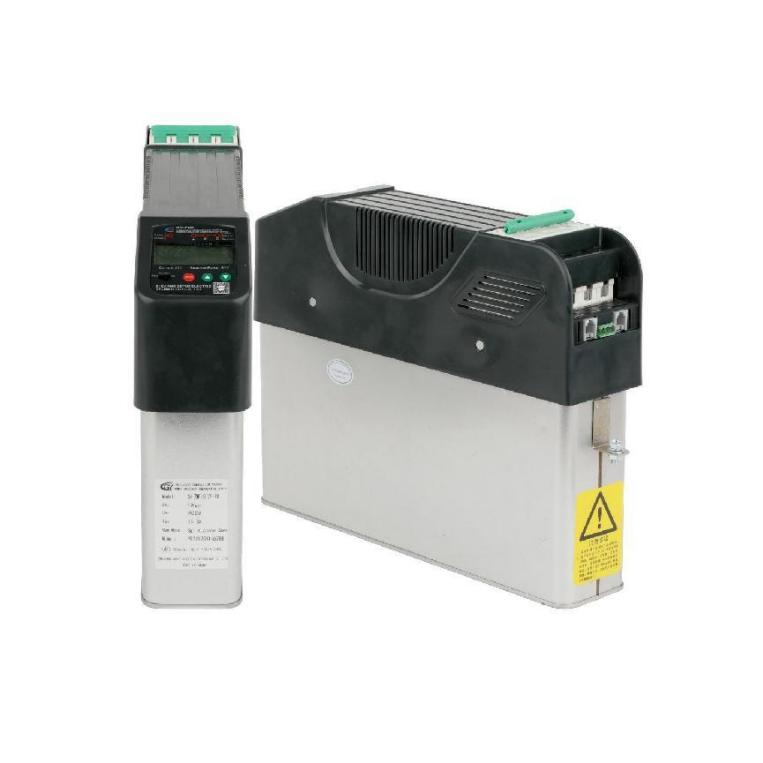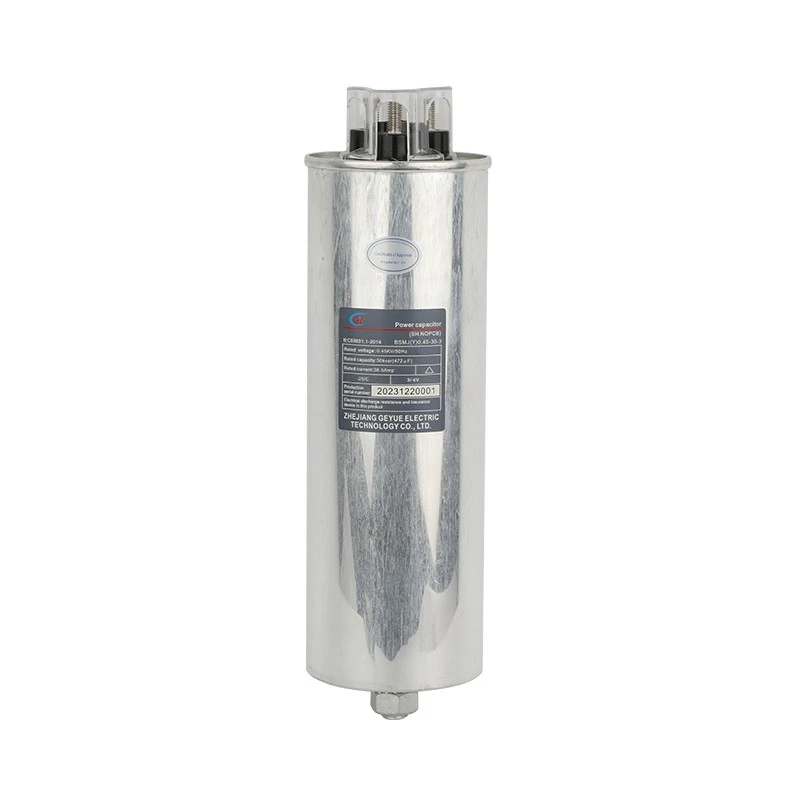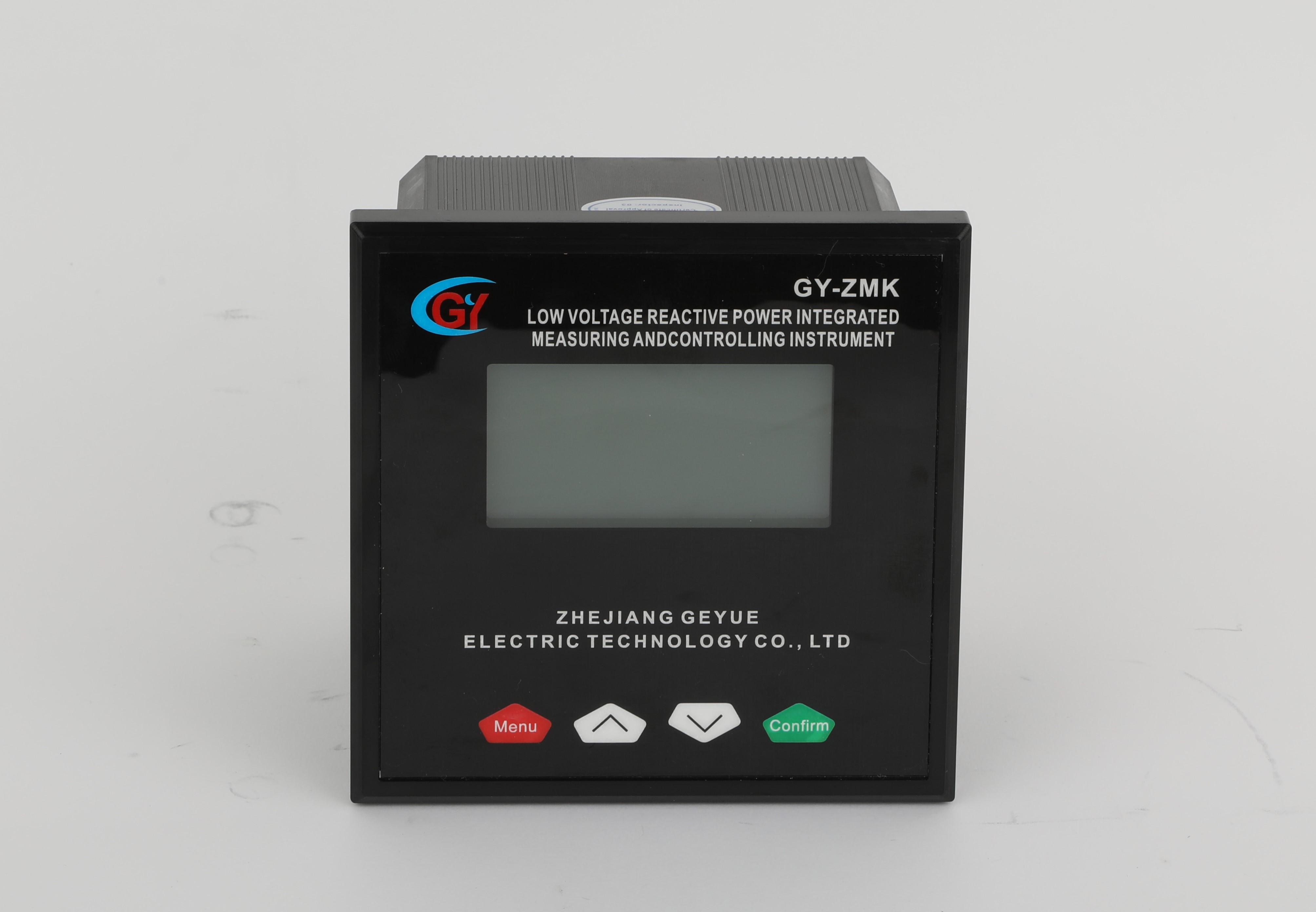How do reactors solve the problem of capacitor explosion?
As a key device in the reactive power compensation system, the series reactor relies on the electromagnetic induction characteristics of the inductor coil to achieve all-round management of the power network. Its core value system is built on four technical dimensions: suppressing high-frequency harmonic pollution sources through inductive barriers; building a dynamic reactive power compensation chain to stabilize voltage fluctuations; accurately correcting power factor deviations; and establishing an equipment-level protection mechanism to reduce losses. The synergy of these functions fundamentally optimizes the quality of power while reducing equipment maintenance costs and energy waste. This article will analyze the functional implementation path of the reactor from the perspective of electromagnetic principles and system control.
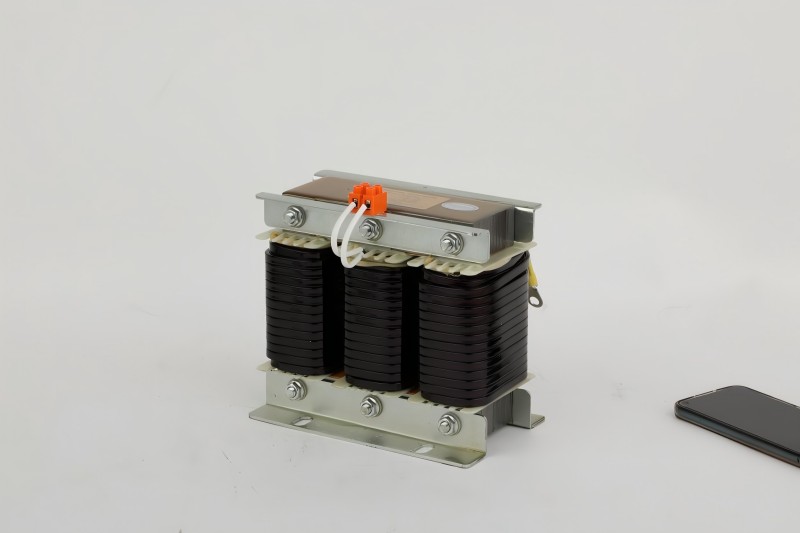
Harmonic suppression mechanism
Nonlinear loads such as inverters and rectifiers in the power grid generate a rich spectrum of high-order harmonics, with typical characteristics of integer multiple frequency currents such as the 5th (250Hz) and 7th (350Hz). The essential function of the series reactor is to construct a frequency-selective impedance device. Its inductive reactance formula XL=2πfL shows that when the inductance value L is constant, the inductive reactance increases linearly with the frequency f. When the reactance rate is designed to be 7%, the impedance for the 5th harmonic is increased to 35 times that of the fundamental wave, forming a strong attenuation channel for high-frequency current. The key control point is the setting of the resonant frequency: the engineering calculation formula f0=1/(2π√LC) needs to be adjusted to below the lowest characteristic harmonic to ensure that the capacitive impedance characteristics are presented in the harmonic frequency band. At the same time, high saturation magnetic density silicon steel sheets are used to keep the magnetization curve in the linear region under 120% overload conditions, and the inductance fluctuation is less than ±3%. This comprehensive solution reduces the total harmonic distortion rate of the system from 35% to below 5%, and the resonant overvoltage risk elimination rate exceeds 99.9%.
Voltage stabilization mechanism
When the system reactive power shortage causes voltage drop, the traditional AC contactor switching power capacitor has a response delay of 80-200ms. The dynamic compensation system based on the reactor relies on three innovations: using thyristor valve group to achieve half-cycle (10ms) switching speed; configuring dU/dt differential detection circuit to capture 0.5% slight voltage change; and calculating the compensation capacity in real time through the ΔQ=U²ωC formula. When a voltage drop of 3% is detected, the control system completes signal processing, strategy generation and trigger pulse output within 15ms, driving the reactor-capacitor unit to output precise reactive power. This process gives full play to the inrush current suppression characteristics of the reactor, limiting the capacitor closing inrush current to within 20 times the rated current (conventional solutions reach 200 times), while suppressing the switch arc reignition rate by 78%, controlling the voltage deviation within the target range of ±1%, and ensuring the continuous operation of sensitive loads.
Power factor improvement path
The lagging current component caused by the inductive load reduces the power factor to below 0.7. The power supply department implements rewards and penalties in accordance with the "Power Factor Adjustment Electricity Fee Method". The correction mechanism of the series reactor is divided into three stages: before the power capacitor is put into use, its inductive reactance characteristics limit the inrush current peak to a safe threshold; during operation, an LC filter channel is formed to compress the background harmonic voltage distortion rate from 15% to 3%; the automatic tuning module is configured to continuously track load changes and dynamically adjust the capacitor switching configuration through the PID algorithm. Actual operation data shows that the system increases the power factor from 0.8 to 0.99 in 200ms, and the steady-state fluctuation is less than 0.01. The average monthly power factor electricity fee is changed from a fine of 20,000 US dollars to a reward of 10,000-20,000 US dollars.
Equipment protection function realization
Equipment loss in harmonic environment comes from three physical effects: skin effect makes conductor resistance increase with the square root of frequency; eddy current loss is proportional to the square of frequency; hysteresis loss is proportional to frequency and magnetic flux density amplitude. Reactor acts as a harmonic filter, attenuating the 250Hz component by more than 20dB, reducing the load loss of 1600kVA transformer by 12.7kW. The equivalent annual electricity saving is 110,000 degrees, the hot spot temperature rise of the winding is reduced by 23K, the insulation aging rate is reduced to 1/3.7, the equipment life is extended from 15 years to 25 years, and the frequency of fault maintenance is reduced by 68%.
Economic value generation
The economic benefit model of the series reactor includes direct and indirect benefits: in a 1000kVA distribution system, harmonic control reduces transformer and line losses by 9.8kW, saving 86,000 kWh of electricity per year; the capacitor explosion accident rate is zero, saving an average of $10,000 in spare parts costs per year; eliminating downtime losses is equivalent to $40,000; and the power factor bonus has an annual income of $5,000. The static investment payback period is 2.3 years, and the total income within the ten-year life cycle is 7.1 times the equipment purchase cost, with an internal rate of return (IRR) exceeding 36%.
Conclusion
The series reactor builds a four-dimensional management system through the principle of electromagnetic induction: frequency-varying inductance to suppress harmonics, rapid response to stabilize voltage, dynamic tuning to correct power, and loss suppression to extend equipment life. Its technical implementation does not rely on complex control systems, but on precise inductance parameter design (, material property optimization, and system resonance point pre-control. In the process of industrial power grids moving towards the era of high energy efficiency, reactors continue to provide basic guarantees and reconstruct the balance equation between power quality and economic benefits.
- Can Cylinder Self-healing Shunt Capacitor Become the Ideal Choice for the Smart Grid Era?
- Apart from Saving Electricity Costs, What Value does Low-Voltage Reactive Power Compensation Bring to Enterprises?
- How does the Temperature Dependence of a Capacitor's Capacitance Value affect the Tuning Point of a Detuned Filter Circuit?
- Is There a Non-Invasive Way to Monitor the Internal Health of Power Capacitors, Such as Their Equivalent Series Resistance (ESR)?
- What Is the Concept of "Reactive Power Banking" or "Reactive Power Dispatch" in a Smart Grid Context?
- What Are the Recycling and Disposal Plans for Self-Healing Shunt Capacitors after the End of Their Life Cycle?

